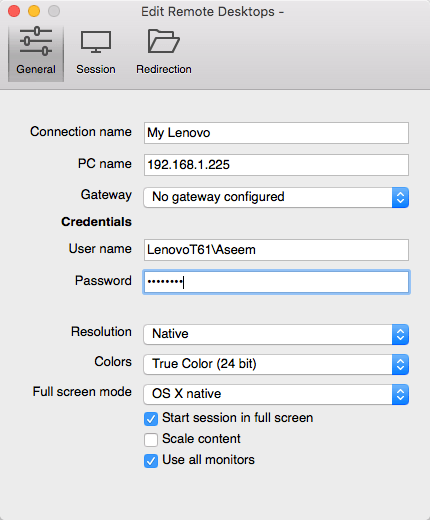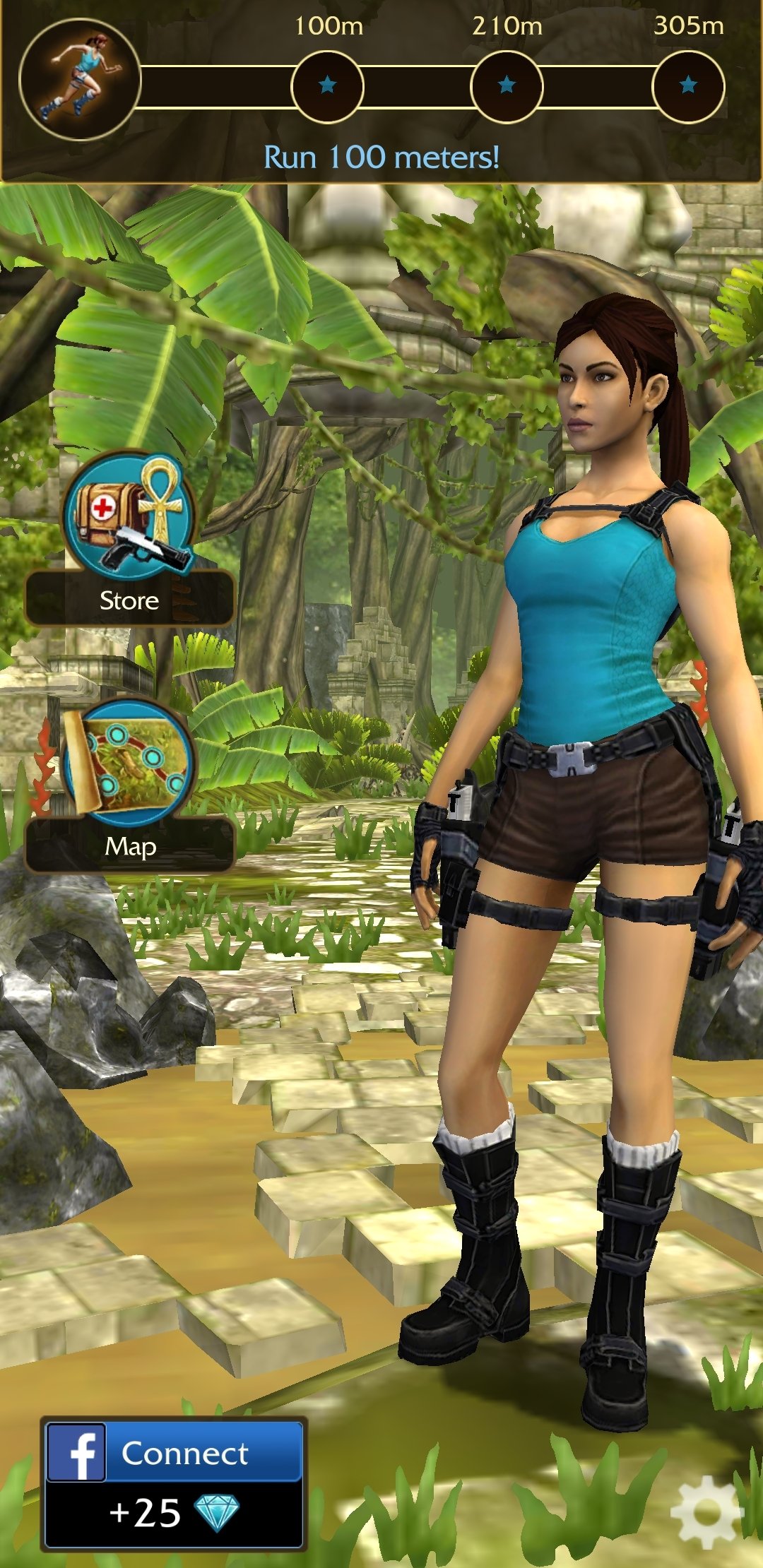“Nbtstat” command is another way to find out the MAC address of remote machine. NBTSTAT is a Windows built-in utility for NetBIOS over TCP/IP used in Windows system. Below is One way of determining the MAC address of a remote system is to type nbtstat -A remoteaddress at a command prompt where remoteaddress is the IP address of the remote. In Windows on an Intel-based Mac equipped with a built-in infrared receiver, you can pair it with an Apple Remote to control iTunes and Windows Media Player, if they’re installed on the Mac. You can use the remote to open iTunes, change the sound volume, start or pause playback, and skip to. Whether you need to access your work computer from home, view a file from your home computer while traveling, or share your screen with friends or colleagues, Chrome Remote Desktop connects you to your devices using the latest web technologies.
Use Remote Desktop on your Windows, Android, or iOS device to connect to a Windows 10 PC from afar.
Set up the PC you want to connect to so it allows remote connections:
Make sure you have Windows 10 Pro. To check, go to Start > Settings > System > About and look for Edition. For info on how to get it, go to Upgrade Windows 10 Home to Windows 10 Pro.
When you're ready, select Start > Settings > System > Remote Desktop, and turn on Enable Remote Desktop.
Make note of the name of this PC under How to connect to this PC. You'll need this later.
Use Remote Desktop to connect to the PC you set up:
On your local Windows 10 PC: In the search box on the taskbar, type Remote Desktop Connection, and then select Remote Desktop Connection. In Remote Desktop Connection, type the name of the PC you want to connect to (from Step 1), and then select Connect.
On your Windows, Android, or iOS device: Open the Remote Desktop app (available for free from Microsoft Store, Google Play, and the Mac App Store), and add the name of the PC that you want to connect to (from Step 1). Select the remote PC name that you added, and then wait for the connection to complete.


Boot Camp Control Panel User Guide
In Windows on an Intel-based Mac equipped with a built-in infrared receiver, you can pair it with an Apple Remote to control iTunes and Windows Media Player, if they’re installed on the Mac. You can use the remote to open iTunes, change the sound volume, start or pause playback, and skip to the next or previous item.
If the remote has an unobstructed line of sight to the receiver, it can work at a distance of up to 30 feet.
Pair your Mac with a remote
If you have more than one infrared-equipped Mac in the same location, you can connect, or pair, each Mac with a specific Apple Remote, so that each Mac takes commands only from the paired remote. A Mac that isn’t paired with a remote can take commands from any remote within range.
You can pair a Mac with only one remote at a time.

Hold the remote close to the Mac (3 to 4 inches away), then point the remote at the front of the Mac.
Press and hold the Menu and Next buttons on the remote for about 5 seconds, until a chain link symbol appears onscreen.
Unpair your Mac from an Apple Remote
If you want to use your Mac with a different remote, you must unpair it from the first remote.

In Windows on your Mac, click in the right side of the taskbar, click the Boot Camp icon , then choose Boot Camp Control Panel.
If a User Account Control dialog appears, click Yes.
Click Remote, then click Unpair.
Disable remote control
To prevent your Mac from being controlled by a remote control, turn off infrared reception.
Windows 10 Update
In Windows on your Mac, click in the right side of the taskbar, click the Boot Camp icon , then choose Boot Camp Control Panel.
If a User Account Control dialog appears, click Yes.
Click Remote, then select “Disable remote control infrared receiver.”
If you don’t see the Remote pane in the Boot Camp Control Panel, your Mac can’t be controlled by a remote control.

Open iTunes using an Apple Remote
Remote Into Mac From Windows 10
